Hawaii Pharm's Blog
KOLA NUTS: BETTER THAN COFFEE
Kola is a distant relative of cocoa. Kola nut is the fruit of the evergreen tree Cola acuminata, a twenty-meter giant native to equatorial Africa. Kola nuts are used in medicine, as well as for the manufacture of tonic drinks. Back in the 16th century, European travelers enthusiastically described the amazing properties of this nut: according to them, it suppressed hunger, and also relieved fatigue. Kola increases the physical capabilities of the human body. This is why the Kola nut has become one of the most expensive trade and exchange products in Africa.
LAUREL: A NOBLE PLANT
Laurus nobilis, commonly known as Laurel, or Bay, is a subtropical tree or shrub. Its leaves have long been used as a seasoning. Laurel leaves and oil are widely used in world cuisines. Laurel leaves give dishes a pleasant light aroma and a bitter, spicy taste. They are used both fresh and dried, sometimes ground into powder.
ROSEHIPS, OR DOG ROSE
Rosehips are rich in vitamin C, its average content of which is about 6%. Rose hips are also rich in vitamins A, K, P, E, B vitamins. The complex of trace elements that is contained in rose hips includes: potassium, calcium, iron, magnesium, manganese, sodium, phosphorus, chromium, copper, cobalt, molybdenum, and manganese. Rosehip contains sugars, pectins, tannins, organic acids, essential oil and many other substances
FRAGNANT THYME
Thyme is one of the main aromatic herbs of French cuisine and is included in the "bouquet garni" and “Herbes de Provence”, and in Spain, Greece and Turkey, thyme oil is used for pickling olives.
STINGING NETTLE
Stinging nettle, or simply nettle, is considered a storehouse of vitamins: ascorbic acid (twice as much as in black currant berries), K, E, A and B vitamins.
VIOLA TRICOLOR, OR HEARTSEASE
Viola tricolor, commonly known as heartsease, or wild pancy, is a short herbaceous plant that is often grown as an ornamental plant. The herb of the plant contains a wide variety of substances: flavonoids, salicylic acid, anthocyanins, saponin, vitamin A, vitamin C, tannins, inulin. Viola herb has a beneficial effect on the condition of the blood vessels in the human body. It strengthens the walls of blood vessels and prevent the occurrence of certain diseases of the cardiovascular system. Flavonoids in Viola have strong antioxidant properties, thanks to which they neutralize the harmful effects of free radicals on the body.
BRIGHT SUNNY DANDELION
Dandelion is familiar to everyone. It is one of the first summer flowers that covers meadows, roadsides and city courtyards with a bright yellow blanket. Almost all parts of the plant are edible. You can prepare delicious dishes from them, like vitamin salads from fragrant leaves, soups.
MILK THISTLE
Milk thistle (Silybum marianum) has a lot of other common names: blessed milkthistle, Marian thistle, Mary thistle, Saint Mary's thistle, Mediterranean milk thistle, variegated thistle and Scotch thistle. This kind of thistle has red to purple flowers and shiny pale green leaves with white veins.
LEGENDS ABOUT ST. JOHN'S WORT
According to legend, early Christians named the plant after John the Baptist in the first century. Because the sap of the plant turns red on exposure to air, it was equated with the blood of St. John the Baptist. Its latin name – Hypericum – means “over ghosts.” It was so named because it was believed to have great protective powers, particularly during the summer months, when there is a tendency to feel overly expanded and adversely affected by heat and light. The name perforatum is translated as “punctured,” and refers to the many tiny dots found on the leaves and flowers of St. John’s Wort, which at first glance seem to be small perforations or holes. But they are not actually holes but tiny glands which, when pressed, release the essential oils and resins.


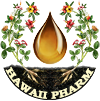



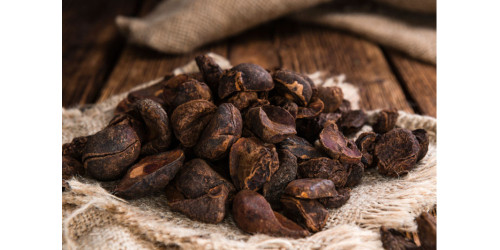
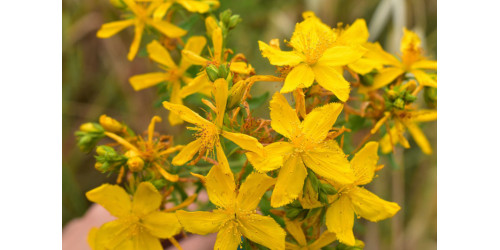
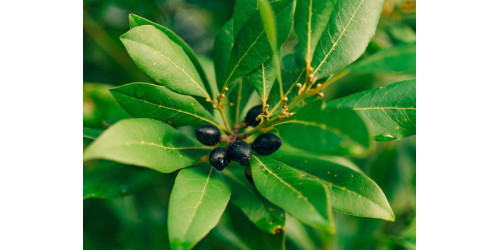
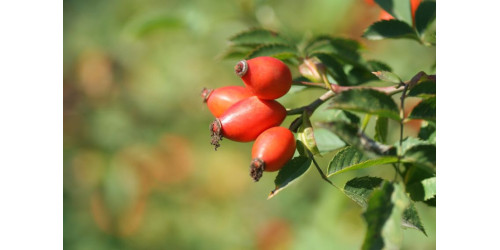
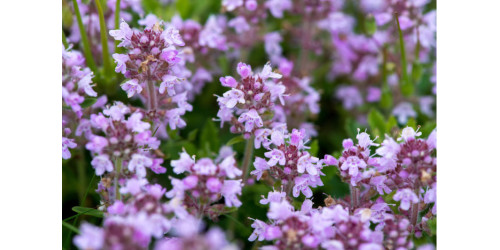
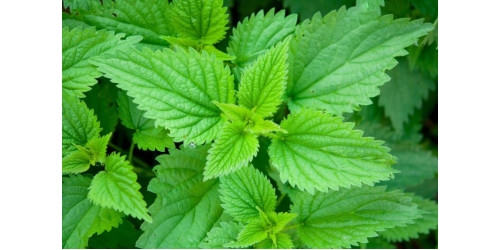
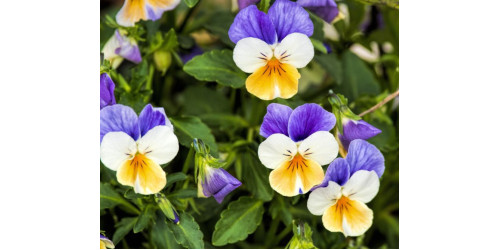
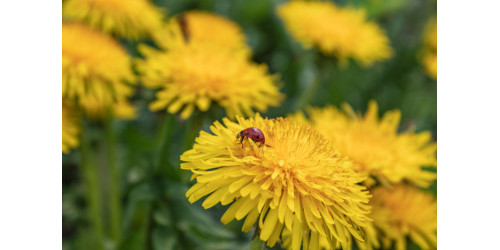
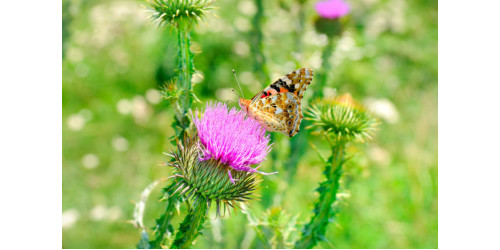
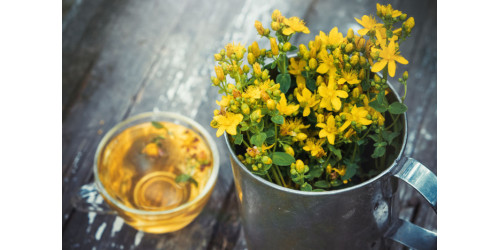
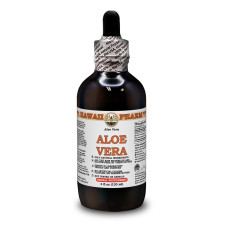
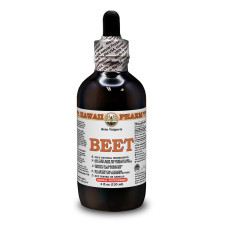
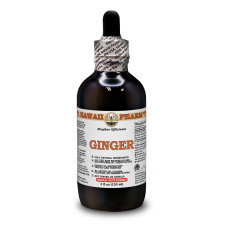
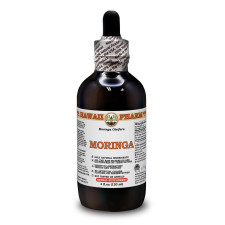
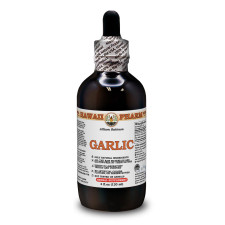
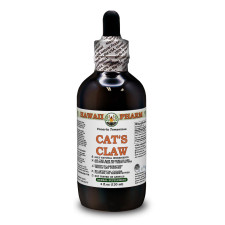
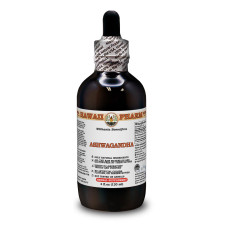
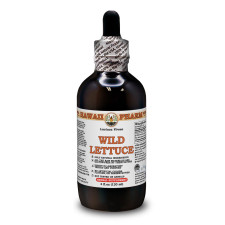
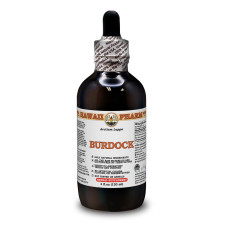
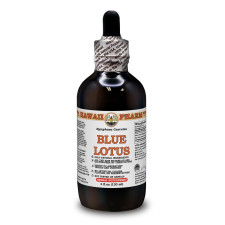



 We use cookies and similar technologies that are necessary to operate the website.
You can consent to our use of cookies by clicking "Accept..."
We use cookies and similar technologies that are necessary to operate the website.
You can consent to our use of cookies by clicking "Accept..."


